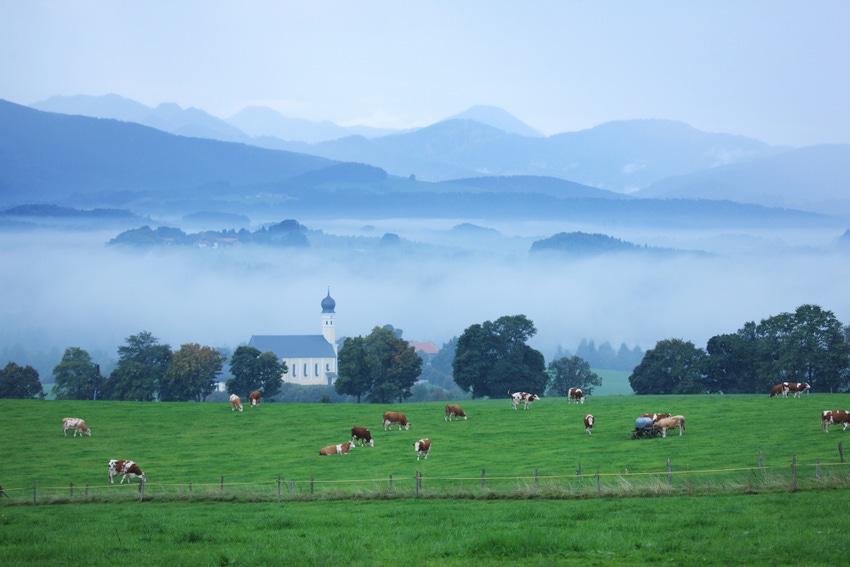As export markets for U.S. beef grow, understanding other faiths and cultures becomes crucial.
November 19, 2020

This is the second in a series of blogs about how people’s faith affects their meat consumption decisions. If you missed my introduction to this series, you can read it here. In this edition, we’ll consider Halal meat programs.
The word Halal means “lawful” or “permissible” in the context of Islamic law. It is a critical consideration for practicing Muslims. It regulates their dietary choices and what they purchase.
Muslims do not eat pork or other haram (forbidden) animals. Insofar as meat products go, animals such as cows, veal, lamb, goats, turkeys, chickens, ducks, game birds, bison, and venison are acceptable for consumption, so long as they are slaughtered according to Islamic law.
The world-wide demand for Halal certified products is strong and is expected to increase. According to a report published this year by Analytical Research Cognizance titled, “Halal Food Market,” the global consumption value of halal food increases with the 8.14% average growth rate. East Asia and Middle East & North Africa are the mainly consumption regions. In 2015, these two regions occupied 56.8% of the global consumption volume in total.
The concept of Halal applies to a wide range of goods and services used in a Muslim’s daily life, not just food. Muslim consumers choose Halal certified products because the companies that make them are following processes and procedures as defined by Islamic law. There are a large variety of Halal certified products; for this blog, we’ll limit our discussion to Halal meat products.
For Halal meats, animals must be slaughtered in a USDA plant that is certified to process Halal, and the animals must be slaughtered by a trained Muslim Dhabih. The Dhabih performs the slaughter, called the Dhabiha, with a sharp instrument in a strictly defined manner.
One difference between Halal slaughter and Kosher slaughter (we’ll discuss Kosher next week) is that under Halal practices, the use of certain types of stunning is allowed. Electrical and pneumatic percussion stunning can be used, as long as the stunning process doesn’t kill the animal.
Under Halal rules, the animal must die from a knife cut, and the blood of the animal must be allowed to bleed out. For cattle, they’re often stunned after the knife cut to control the animal by rendering it unconscious. For poultry and sheep, the stunning is most often done prior to the Dhabiha. Gas stunning is not allowed under Halal slaughter rules.
I helped set up a Halal program at a meat plant where I worked, but I hadn’t done my homework first in choosing the Halal certification company we went with. The Halal program we set up was adequate for certain domestic customers wanting to buy Halal beef from us, but later, when some of our customers wanted to export, the program we had chosen was not approved for exporting to many countries. Knowing what certification agency to work with is very important. Do your homework if you’re ever thinking of offering a Halal program for your beef cattle.
In my next blog, I’ll discuss kosher programs and my experience working in a beef plant with Jewish rabbis.
Bloom is owner of U.S. Protein, an international distributor of premium meats. Contact him at [email protected]. The opinions of the author are not necessarily those of beefmagazine.com or Farm Progress.
You May Also Like



